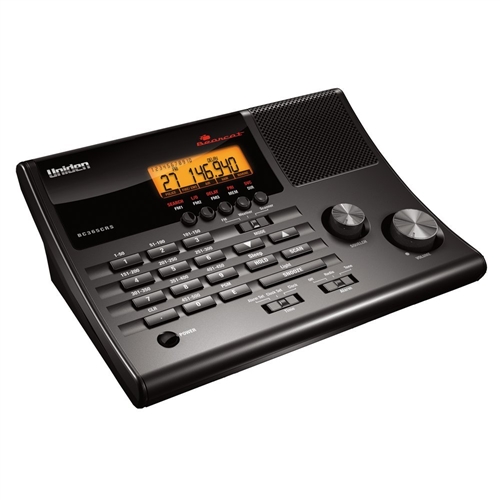 There are basically 3 different types of scanners, “Basic” “Digital” and “ZIP Code”. Which one is best for you depends on the systems used in your area. There are 2 basic formats of scanners, handheld and desktop/mobile.
There are basically 3 different types of scanners, “Basic” “Digital” and “ZIP Code”. Which one is best for you depends on the systems used in your area. There are 2 basic formats of scanners, handheld and desktop/mobile.
What we call “Basic” scanners are those inexpensive scanners that usually have analog reception only and do not handle any type of trunking systems. Current “Basic” scanners include the Uniden BC75XLT, BC125AT and BC365CRS as well as the Whistler WS1010 and WS1025. These scanners are fine in areas that do not use digital or trunking systems, they also work well for aircraft, marine and railroad monitoring.
“Digital” scanners have the ability to monitor digital and analog trunking systems (EDACS, Motorola, LTR, P25). Some of these scanners also include “Phase 2” systems, which is a newer form of P25. Some radios also will allow you to monitor ProVoice, DMR or NXDN digital systems.
“ZIP Code” or “Database” type scanners are digital trunking scanners that allow one to select a specific area and import channels from an on-board memory card. These memory cards can be updated when needed. These will work almost anywhere in the country and are ideal for those who travel often.
What scanner is best for you? Call us and we can help you decide. We have access to the world’s largest database of scanner frequencies and can quickly look up your area and let you know which radios would work best for you.
When you do call us we will ask a couple questions, including the location you wish to monitor and what format radio you want. With this information we can make a couple suggestions of scanners that will work in your area.
Most of the time we can suggest a couple different scanners with different feature levels. Conversely if you have your heart set on a specific radio we can tell you whether or not it should work in your area.

